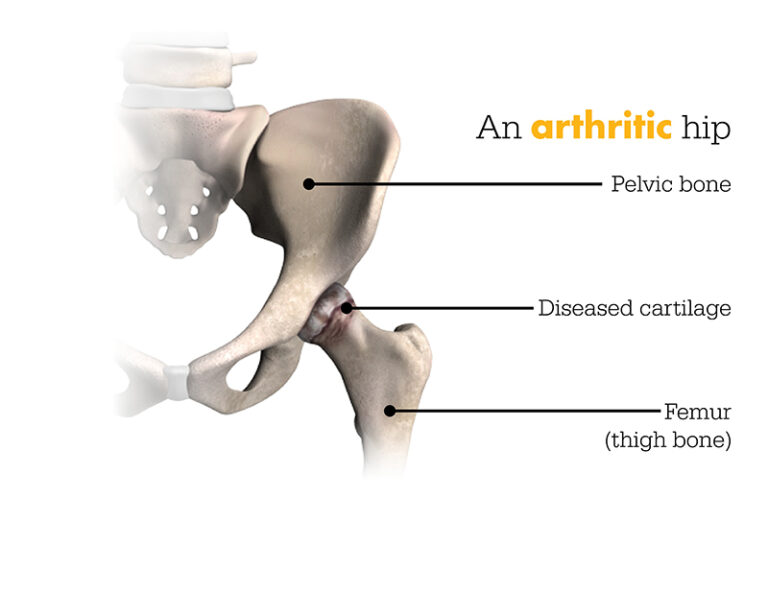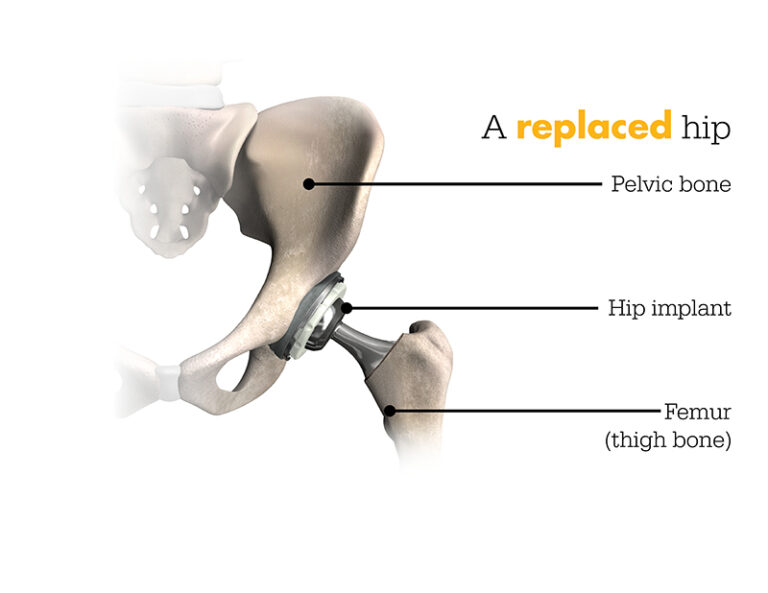- 832-430-2167
Total Hip replacement is a surgical procedure intended for patients who suffer from noninflammatory or inflammatory degenerative joint disease (DJD). Some forms of DJD include osteoarthritis (OA), post-traumatic arthritis, rheumatoid arthritis (RA), avascular necrosis (AVN) and hip dysplasia.



Each patient is unique and can experience hip pain for different reasons. It’s important to talk to us about the cause of your hip pain so you can understand the treatment options available to you. One common cause of hip pain is arthritis, a degenerative condition that involves the breakdown of cartilage and bones in the hip joint. Pain from arthritis and joint degeneration can be constant or come and go, occur with movement or after a period of rest, or be located in one spot or many parts of the body. If you haven’t experienced adequate relief with medication and other conservative treatments, hip replacement may provide you with relief from your arthritis.
Total hip replacement is a surgical procedure in which the damaged cartilage and bone is removed from the hip joint and replaced with artificial components. The hip joint is one of the body’s largest weight-bearing joints, located between the thigh bone (femur) and the pelvis (acetabulum). It is a ball and socket joint in which the head of the femur is the ball and the pelvic acetabulum forms the socket. The joint surface is covered by a smooth articular cartilage which acts as a cushion and enables smooth movements of the joint.
Several diseases and conditions can cause damage to the articular cartilage. Total hip replacement surgery is an option to relieve severe arthritis pain that limits your daily activities.